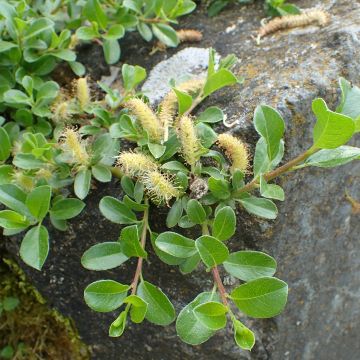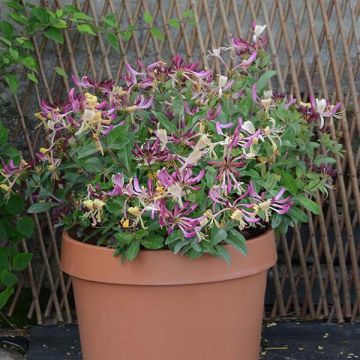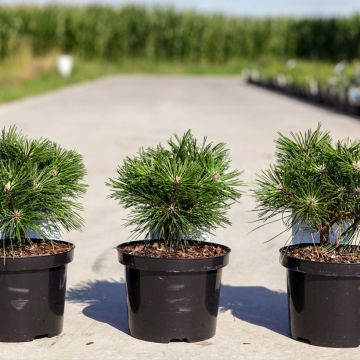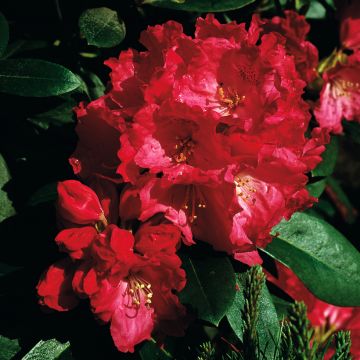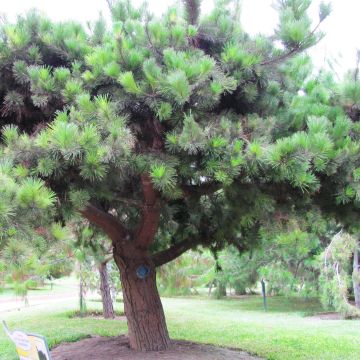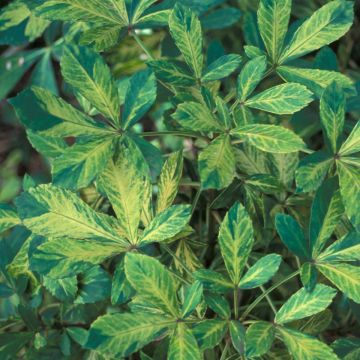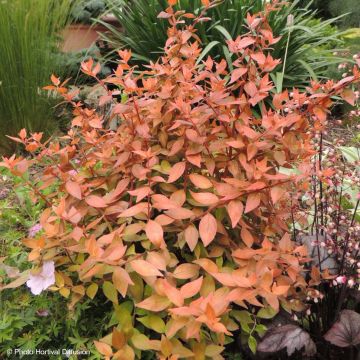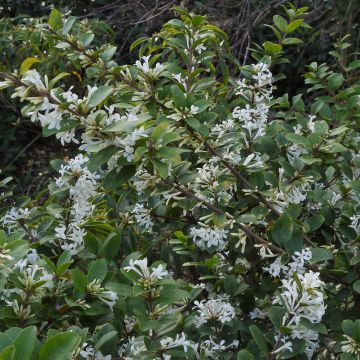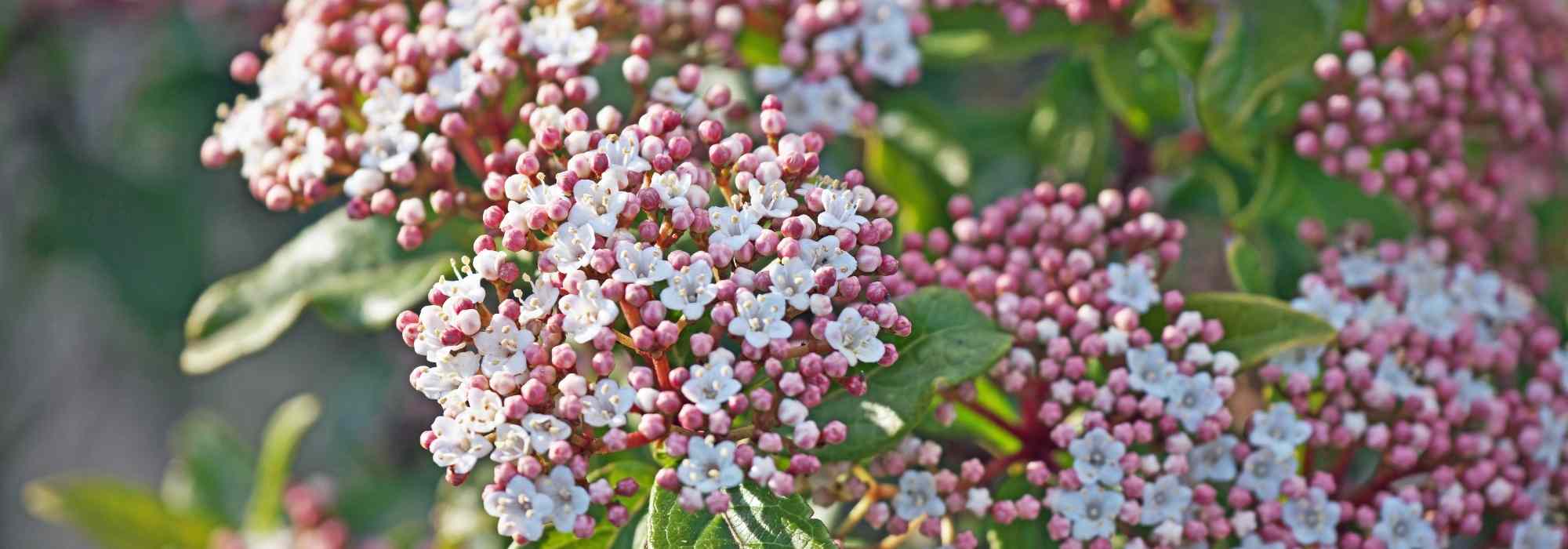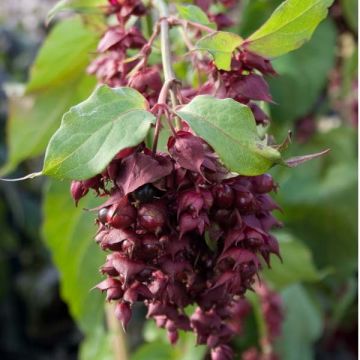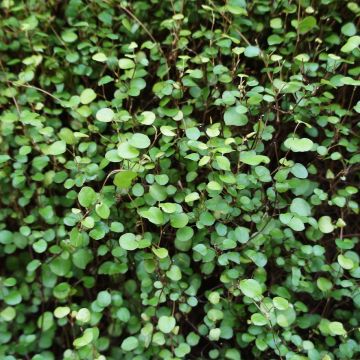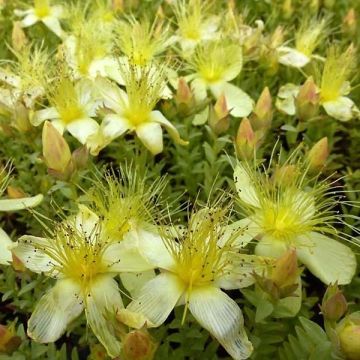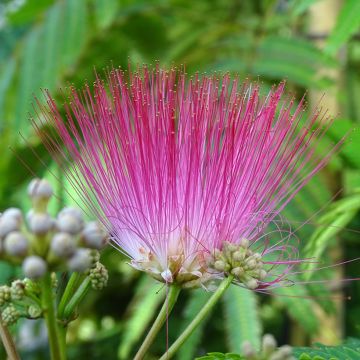

Pterostyrax hispida - Epaulette Tree
Pterostyrax hispida - Epaulette Tree
Pterostyrax hispida
Epaulette Tree
What a frozen soil.
Michel , 13/10/2018
Special offer!
Receive a €20 voucher for any order over €90 (excluding delivery costs, credit notes, and plastic-free options)!
1- Add your favorite plants to your cart.
2- Once you have reached €90, confirm your order (you can even choose the delivery date!).
3- As soon as your order is shipped, you will receive an email containing your voucher code, valid for 3 months (90 days).
Your voucher is unique and can only be used once, for any order with a minimum value of €20, excluding delivery costs.
Can be combined with other current offers, non-divisible and non-refundable.
Home or relay delivery (depending on size and destination)
Schedule delivery date,
and select date in basket
This plant carries a 24 months recovery warranty
More information
We guarantee the quality of our plants for a full growing cycle, and will replace at our expense any plant that fails to recover under normal climatic and planting conditions.


Would this plant suit my garden?
Set up your Plantfit profile →
Description
Pterostyrax hispida, known as the Shrub with Shoulder Pads and fragrant epaulette tree, is a splendid small flowering tree, vigorous, and extremely rare, except among collectors. However, this magnificent bush, one of the easiest to grow, truly deserves its place in all gardens. Of excellent hardiness, it grows in any moist and well-drained, neutral to acidic soil, in sunny or semi-shaded situations. This large shrub, with its numerous ornamental qualities, has beautiful light green deciduous foliage, taking on pretty green-chartreuse autumn hues, graceful fragrant white summer flowering, and unique fruiting that persists throughout winter. In short, one of the most beautiful flowering trees, an absolute must-see!
Pterostyrax hispida is a vigorous species, native to wooded slopes in China and Japan, and belongs to the Styracaceae family. It forms a large shrub or small tree with aromatic grey-brown bark, slightly channelled, exfoliating to reveal orange and beige streaks. Its silhouette has a rounded spreading crown, very branched, and is open and airy. With moderate growth, it reaches 5 m to 7 m (16.4 ft to 23 ft) in height with a spread of 3.5 m (11.5 ft). Its deciduous foliage consists of ovate and pointed leaves, 10 cm to 20 cm (3.9 in to 7.9 in) long. The leaves are very bright light-green, with a slightly hairy grey-green underside, especially on the veins. It takes on beautiful yellow-green autumn hues, contrasting nicely with its coloured bark. Its fragrant, white, bell-shaped flowers, 0.5 cm to 1 cm (0.2 in to 0.4 in) in diameter, have 5 lobes divided almost to the base and numerous long stamens. They bloom in June-July, in pendulous panicles, 10 cm to 20 cm (3.9 in to 7.9 in) long, followed, in early autumn, by spindle-shaped ribbed fruits, covered with brown-yellow bristles, and persistent throughout winter on the bare wood. The flowering is truly spectacular only in subjects that have been established for a few years.
This small tree is commonly called Shrub with Shoulder Pads or fragrant epaulette tree, due to the similarity between the shape of its flowers and the shoulder pads adorning certain uniforms.
Pterostyrax hispida, introduced to the United Kingdom in 1875, was awarded the Royal Horticultural Society's Award of Garden Merit in 1993.
This small tree is easy to grow, quite accommodating regarding soil type, and content with a sunny or partially shaded exposure. It will stand out in the garden with its beautiful summer flowering. Particularly ornamental, it suits all gardens, small or large, in isolated situations, and provides welcome shade. Plant near a terrace or patio to fully enjoy its beautiful fragrant flowering, or include it in a group of trees and shrubs. It can be planted alongside summer-flowering trees or shrubs, such as Buddleias, Hibiscus, Hydrangeas, Cornus, or even an Anemone tree. Place at the back of a border with numerous summer-blooming perennials at its base. The flowers of Peach-leaved bellflowers, Foxgloves, Gauras, Masterworts, as well as Hostas and Hellebores, will make perfect companions for its elegant flowering.
The decorative fruits produced by this Pterostyrax hispida can be used for creating dried bouquets.
Report an error about the product description
Pterostyrax hispida - Epaulette Tree in pictures
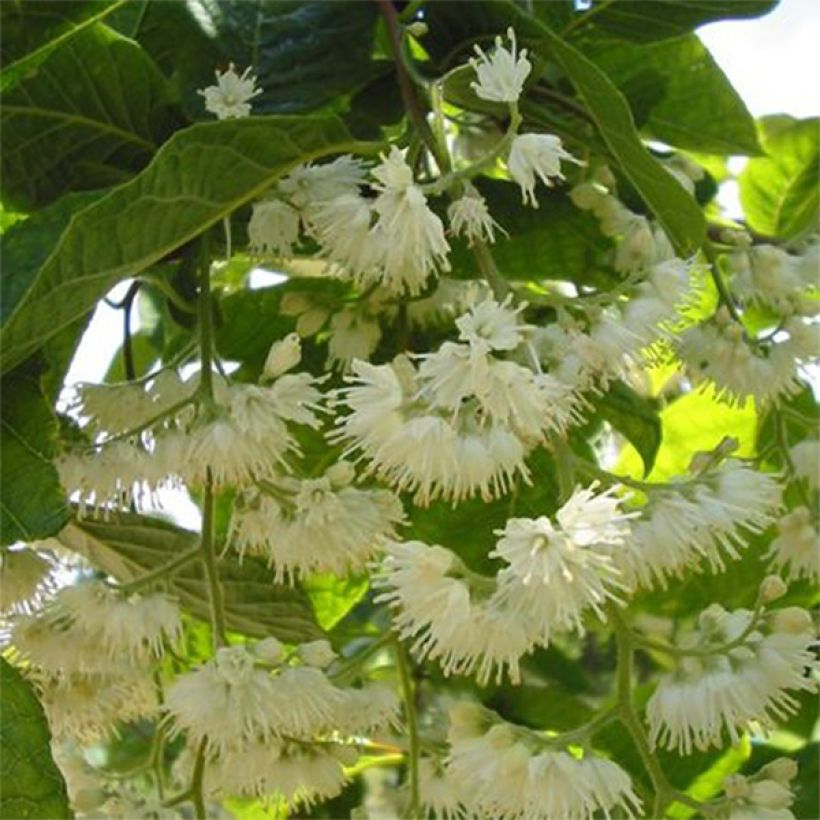

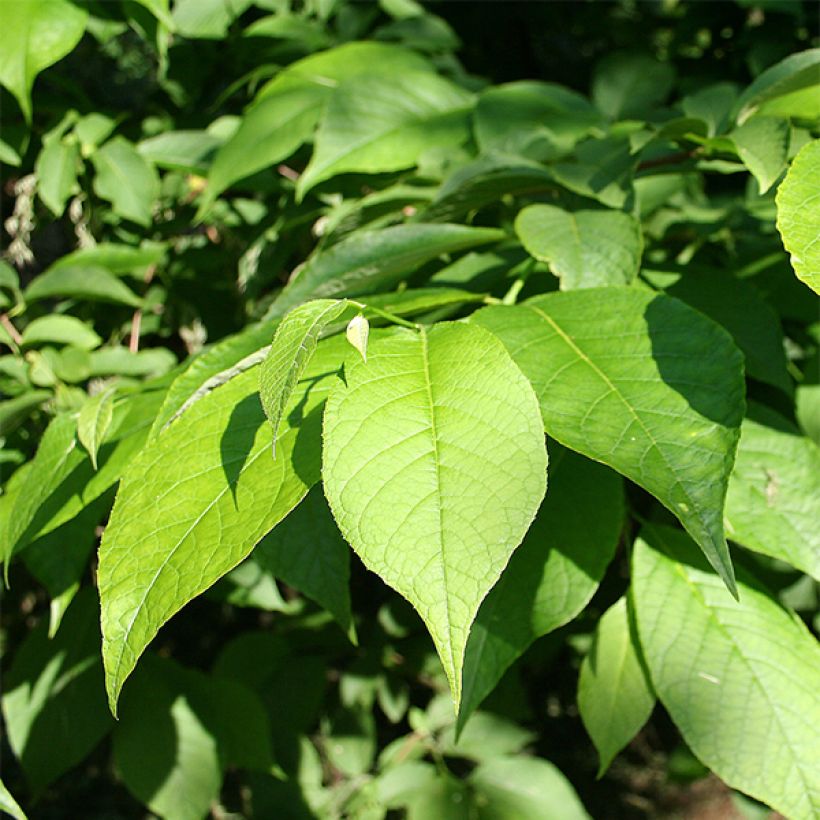

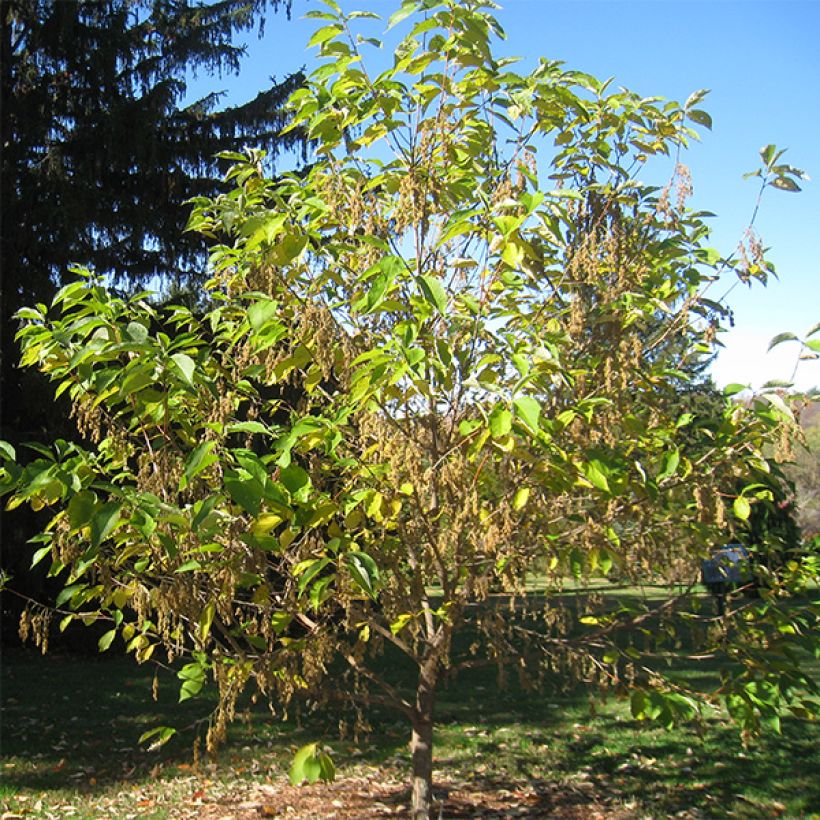

Plant habit
Flowering
Foliage
Botanical data
Pterostyrax
hispida
Styracaceae
Epaulette Tree
East Asia
Other Shrubs A to Z
View all →Planting and care
Pterostyrax hispida is hardy to -20° C (-4° F). It thrives in sunny and warm exposures, which promotes spectacular flowering, but it can also be planted in partial shade, where it will be slightly less blooming. Plant in spring or autumn. It prefers deep, organic-rich, moist and well-drained soil, with a neutral to acidic pH. However, it also tolerates limestone, clayey or sandy soils, and soil not too dry in summer. It tolerates urban pollution and wind well. However, choose a location sheltered from cold and drying winter winds. It requires no maintenance, except for occasional pruning in February-March, to limit its growth or maintain a beautiful shape and structure.
Planting period
Intended location
Care
Planting & care advice
-
, onOrder confirmed
Reply from on Promesse de fleurs
Similar products
Haven't found what you were looking for?
Hardiness is the lowest winter temperature a plant can endure without suffering serious damage or even dying. However, hardiness is affected by location (a sheltered area, such as a patio), protection (winter cover) and soil type (hardiness is improved by well-drained soil).

Photo Sharing Terms & Conditions
In order to encourage gardeners to interact and share their experiences, Promesse de fleurs offers various media enabling content to be uploaded onto its Site - in particular via the ‘Photo sharing’ module.
The User agrees to refrain from:
- Posting any content that is illegal, prejudicial, insulting, racist, inciteful to hatred, revisionist, contrary to public decency, that infringes on privacy or on the privacy rights of third parties, in particular the publicity rights of persons and goods, intellectual property rights, or the right to privacy.
- Submitting content on behalf of a third party;
- Impersonate the identity of a third party and/or publish any personal information about a third party;
In general, the User undertakes to refrain from any unethical behaviour.
All Content (in particular text, comments, files, images, photos, videos, creative works, etc.), which may be subject to property or intellectual property rights, image or other private rights, shall remain the property of the User, subject to the limited rights granted by the terms of the licence granted by Promesse de fleurs as stated below. Users are at liberty to publish or not to publish such Content on the Site, notably via the ‘Photo Sharing’ facility, and accept that this Content shall be made public and freely accessible, notably on the Internet.
Users further acknowledge, undertake to have ,and guarantee that they hold all necessary rights and permissions to publish such material on the Site, in particular with regard to the legislation in force pertaining to any privacy, property, intellectual property, image, or contractual rights, or rights of any other nature. By publishing such Content on the Site, Users acknowledge accepting full liability as publishers of the Content within the meaning of the law, and grant Promesse de fleurs, free of charge, an inclusive, worldwide licence for the said Content for the entire duration of its publication, including all reproduction, representation, up/downloading, displaying, performing, transmission, and storage rights.
Users also grant permission for their name to be linked to the Content and accept that this link may not always be made available.
By engaging in posting material, Users consent to their Content becoming automatically accessible on the Internet, in particular on other sites and/or blogs and/or web pages of the Promesse de fleurs site, including in particular social pages and the Promesse de fleurs catalogue.
Users may secure the removal of entrusted content free of charge by issuing a simple request via our contact form.
The flowering period indicated on our website applies to countries and regions located in USDA zone 8 (France, the United Kingdom, Ireland, the Netherlands, etc.)
It will vary according to where you live:
- In zones 9 to 10 (Italy, Spain, Greece, etc.), flowering will occur about 2 to 4 weeks earlier.
- In zones 6 to 7 (Germany, Poland, Slovenia, and lower mountainous regions), flowering will be delayed by 2 to 3 weeks.
- In zone 5 (Central Europe, Scandinavia), blooming will be delayed by 3 to 5 weeks.
In temperate climates, pruning of spring-flowering shrubs (forsythia, spireas, etc.) should be done just after flowering.
Pruning of summer-flowering shrubs (Indian Lilac, Perovskia, etc.) can be done in winter or spring.
In cold regions as well as with frost-sensitive plants, avoid pruning too early when severe frosts may still occur.
The planting period indicated on our website applies to countries and regions located in USDA zone 8 (France, United Kingdom, Ireland, Netherlands).
It will vary according to where you live:
- In Mediterranean zones (Marseille, Madrid, Milan, etc.), autumn and winter are the best planting periods.
- In continental zones (Strasbourg, Munich, Vienna, etc.), delay planting by 2 to 3 weeks in spring and bring it forward by 2 to 4 weeks in autumn.
- In mountainous regions (the Alps, Pyrenees, Carpathians, etc.), it is best to plant in late spring (May-June) or late summer (August-September).
The harvesting period indicated on our website applies to countries and regions in USDA zone 8 (France, England, Ireland, the Netherlands).
In colder areas (Scandinavia, Poland, Austria...) fruit and vegetable harvests are likely to be delayed by 3-4 weeks.
In warmer areas (Italy, Spain, Greece, etc.), harvesting will probably take place earlier, depending on weather conditions.
The sowing periods indicated on our website apply to countries and regions within USDA Zone 8 (France, UK, Ireland, Netherlands).
In colder areas (Scandinavia, Poland, Austria...), delay any outdoor sowing by 3-4 weeks, or sow under glass.
In warmer climes (Italy, Spain, Greece, etc.), bring outdoor sowing forward by a few weeks.






























